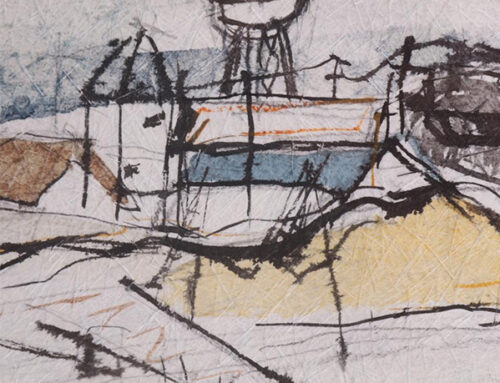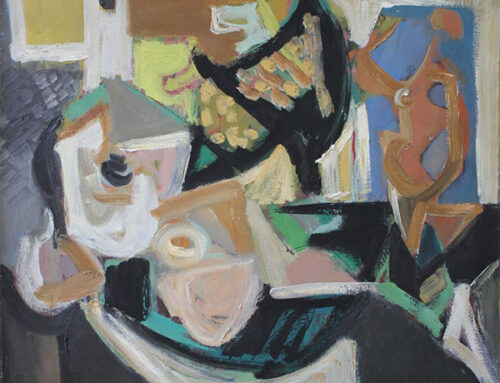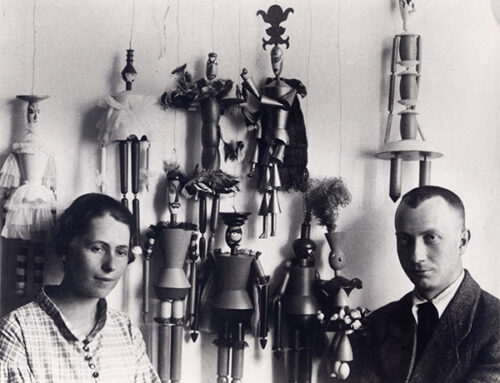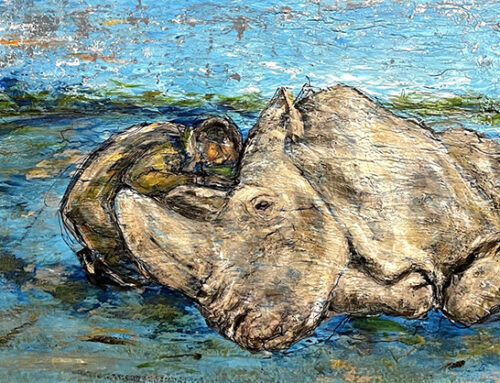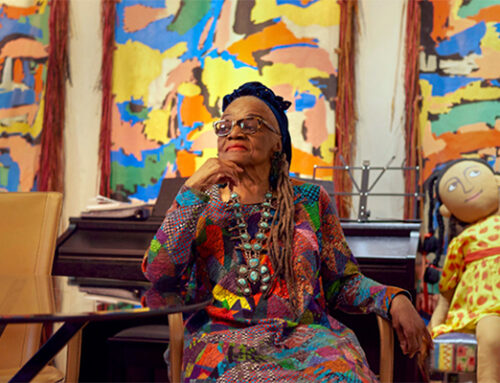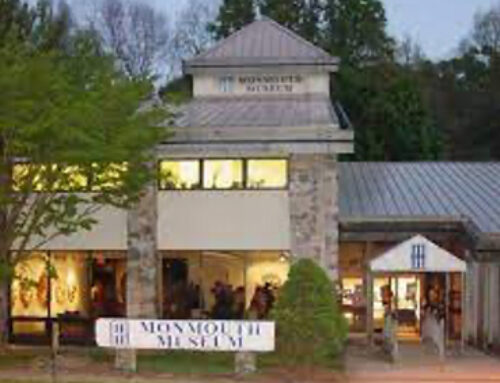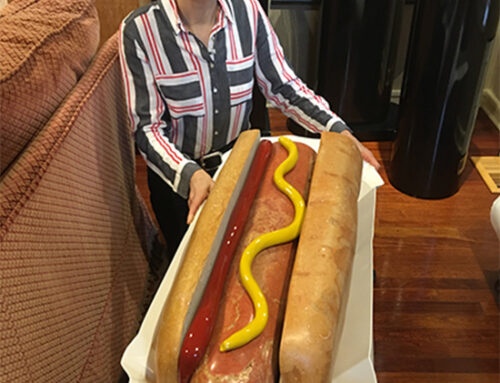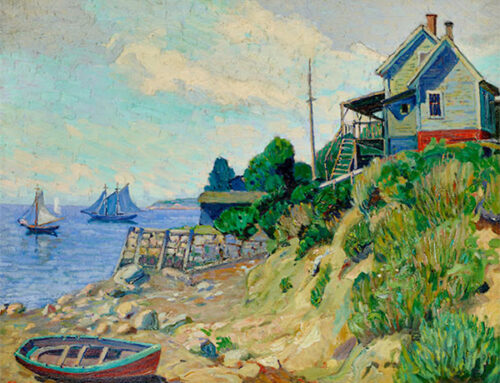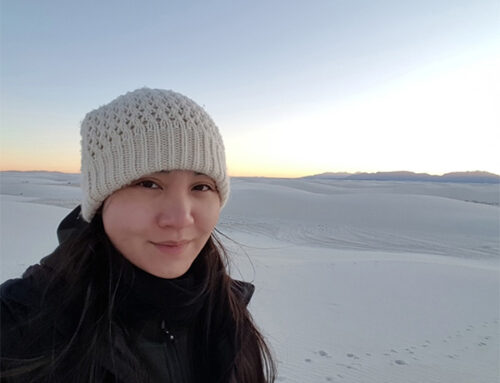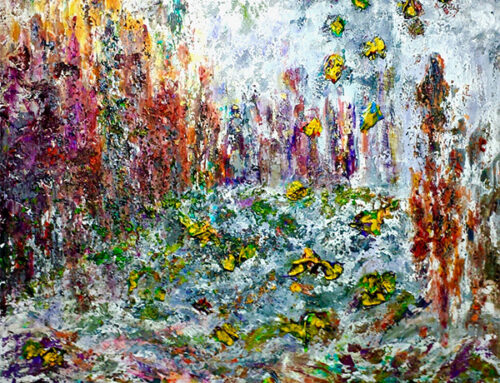Sonia Stark
 SB: When did art first enter your young life? Was it through parental or teacher encouragement or just the natural curiosity of an awakening child?
SB: When did art first enter your young life? Was it through parental or teacher encouragement or just the natural curiosity of an awakening child?
SS: I was never without the thought of being an artist. That was who I was, as a child, as a teenager and as an adult. I did not use the word ARTIST. It always seemed like too big a word, too much to fulfill but I was one of them.
SB: What direction did your creativity take? How did your schooling influence your direction?
SS: Being in the position of having to support oneself, I chose the commercial route right out of high school. It wasn’t until much later in life I went on to college, Cooper Union School taught me to develop one’s self.
SB: How did your gender affect your choices, the path you took as an adult?
SS: In the beginning (at 17) I was hired because I looked good behind the drawing board, not because I had an advanced portfolio. I was willing to do anything to learn the process—clean the art director’s work table, run errands. I learned the trade. As an adult working for the agencies, gender was always an issue. Example: I was on staff doing mechanicals. A young man came in, no experience. He was given layouts to do. It took me some time to get up into that position. After I had the children, I went on to production which did not demand the same impossible hours.

Sonia Stark, Untitled A6, Charcoal, 8.5 in. x 11 in, 2011
Finally, I left it all to go back to school which led to my freelancing, which led me to a studio of my own and then to a full business of my own. One of the rare woman-led studios in the business. Stark Associates turned into StarkHoffmanKevis, a full- fledged service. Below is a list of only some of my major clients:
• IBM • Project House (subcontracted work for most major pharmaceutical houses such as Schering Corp.) • Albert Einstein College of Medicine • Englewood Hospital • Beth Abraham Hospital • Lenox Hill hospital • Long Island Jewish Medical Center
Isabell Geriatric Center • Maimonides Hospital • Montefiore Hospital • NYC Department for the Aging

Sonia Stark, Abstraction 20, Oil on Canvas 12 in. x 14 in.
SB: You have had a long career in the business of art. Since your retirement, how has your art making been impacted? Can you describe the direction it has taken?
SS: The commercial brain is very different than the individual artist’s brain, The commercial brain solves the problems of companies, individuals, while the independent artist solves problems of his own.
SB: As an active member of NAWA’s national board of directors, what are your hopes and plans for the future of our organization dedicated to the promotion of women artists? What is the biggest challenge facing NAWA today?
SS: NAWA has come a long way since I became a member. It started when women were not shown in the galleries or acknowledged at all. NAWA attracted the professional woman artist who needed an outlet for her work, as well as the artist looking for a community. NAWA continues to accommodate these needs but today the female artist has many more outlets and in addition, new ways to communicate.

Charcoal#1
One of our goals is to reach the young women artists who have been fed the lie that the old conditions no longer exist, that they no longer need the networking and opportunities that an organization like NAWA. can offer. The gallery situation has improved but it is still not playing on an equal field. Just recently I was in a show in a major gallery on West Broadway with eight artists. I was the only female in the group.
There are many women’s only exhibitions but they do not get the coverage that they deserve. Until work is measured on quality alone, NAWA. still has a job to do. A sampling of publications and reviews:
Whitehot: WM | whitehot magazine of contemporary art | The Empathic Portrait/ Sonia Stark’s Charcoal Drawings
The Brooklyn Rail Files : Mortality: A Survey of Contemporary Death Art<.p>
(If you would like to read more about Sonia and her accomplishments, you can go to our April 2019 issue of NAWA NOW.)



